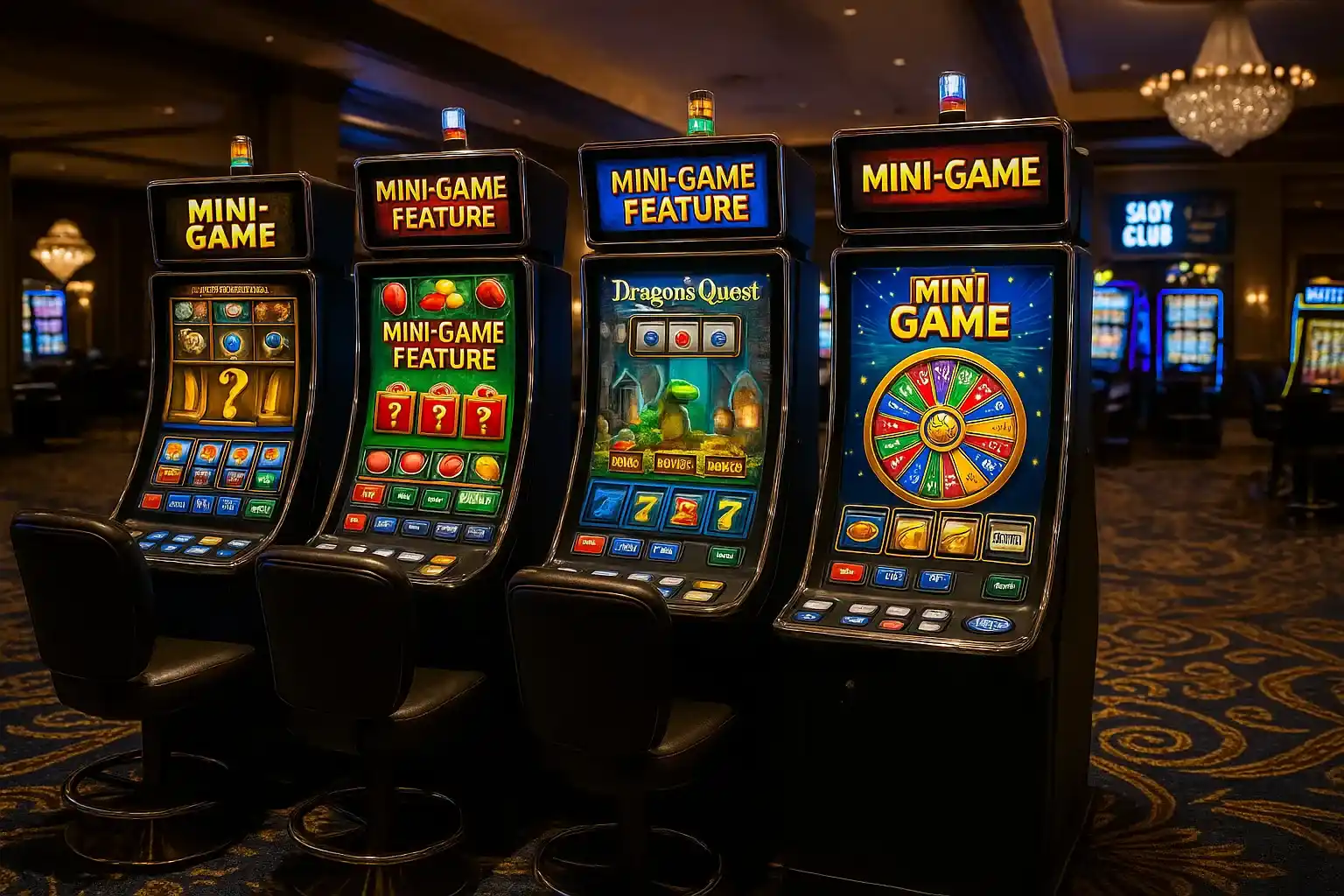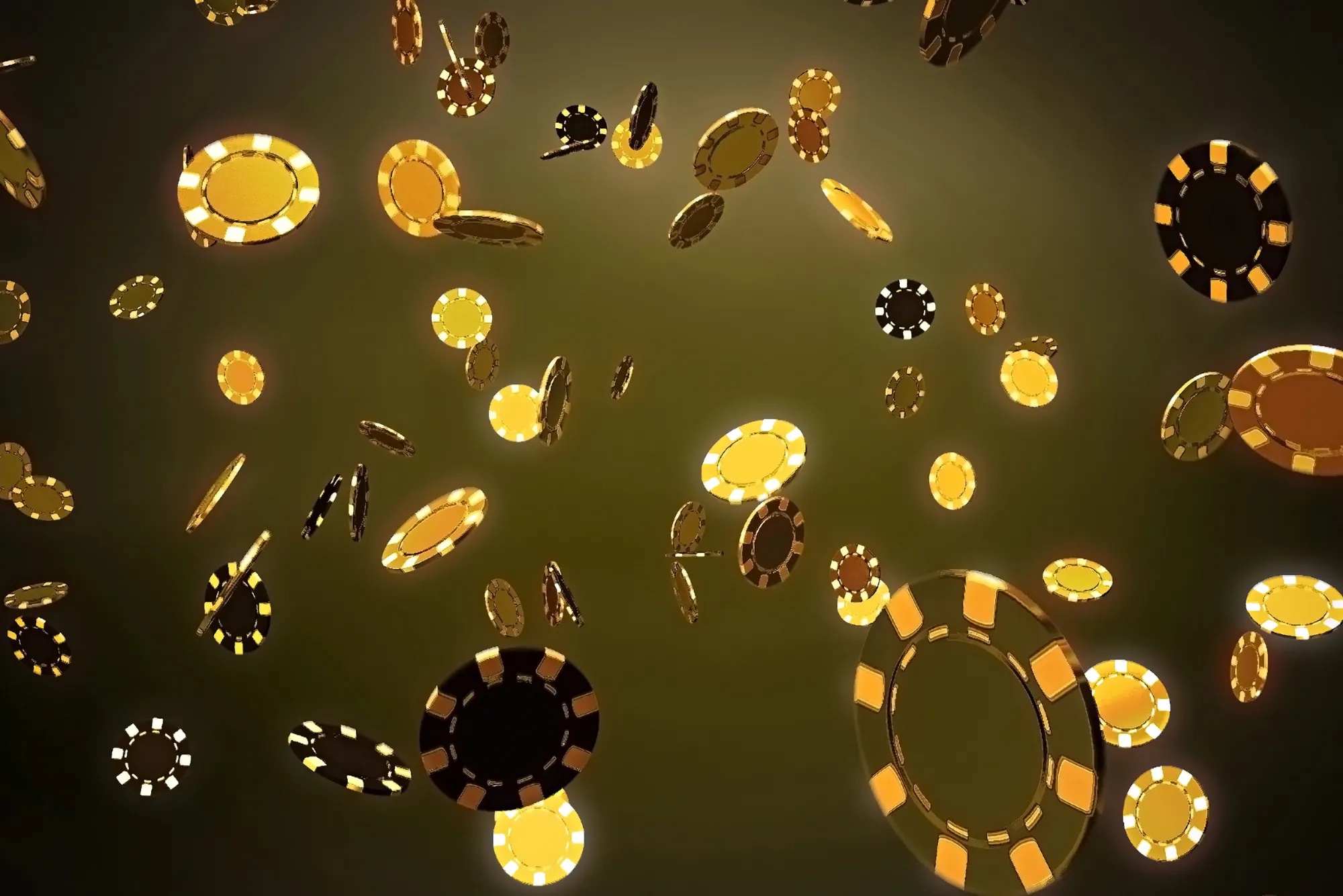The landscape of slot games has shifted dramatically in recent years. Gone are the days when a simple spin-and-win formula was enough to keep players engaged for long. Today’s slots often include mini-game features—interactive segments embedded within the main game that break up spinning reels with hands-on challenges and bonus rounds. In this article, I’ll draw on hands-on experience, industry insights, and real-world examples to explain what mini-games are, why they matter, and how they’ve transformed the slot world into a richer, more immersive playground.
The Rise of Mini-Game Features
Mini-game features first appeared as basic pick-and-click bonus rounds, but they’ve evolved into cinematic, interactive experiences that can feel like standalone titles.
From Pick-and-Click to Fully Animated Adventures
I remember my first encounter with a basic bonus game: three mystery chests on a 2D screen, click one, and reveal a prize. It was fun, but fleeting. Fast forward to today’s titles—hit the bonus symbol, and you could find yourself guiding a submarine through sunken treasure, steering a spaceship past asteroids, or even playing a jokers-and-aces card duel against a cartoon villain. These mini-games often feature custom animations, sound effects, and gameplay mechanics tailored to each theme, making them far more engaging than their predecessors.
Why Developers Integrate Mini-Games
Creating mini-games isn’t just about novelty. Operators see that players who participate in these interactive segments tend to stay longer, place more bets, and return more often. Plus, mini-games diversify the risk and reward profile—if standard spins aren’t paying off, the interactive bonus can rekindle excitement and keep you playing.
Understanding Mini-Game Mechanics
To appreciate mini-games fully, it helps to break down their common elements and how they mesh with the main slot experience.
Triggering the Mini-Game
Most mini-games activate when you land a specific combination of bonus symbols—often three or more—somewhere on the reels. Modern slots sometimes include “stacked” or “expanding” bonus symbols to boost your chance of triggering the mini-game, adding a layer of strategy to your bet selection.
Gameplay Variations
Once inside the mini-game, you might face:
Skill-based challenges: Navigate mazes, control a character, or solve puzzles.
Randomized reveals: Pick from multiple objects, like treasure chests or cards.
Wheel spins: Land on segments with multipliers or free spins.
Progressive levels: Complete one stage to unlock another, often with escalating prizes.
This variety keeps things fresh, ensuring you never know exactly what to expect.
The Role of Regulation and Fair Play
While mini-games can feel like a game within a game, they still operate under the same regulatory standards as the parent slot.
RNG and Transparency
Every result in a mini-game must tie back to the slot’s random number generator (RNG). Though you might feel you’re influencing outcomes through skill, the overall return-to-player (RTP) remains pre-set. Regulators require clear disclosure of RTP and game rules, often accessible via an on-screen paytable or info menu.
Responsible Gaming Considerations
Because mini-games can accelerate play and heighten excitement, operators include reminders about responsible gambling. Some jurisdictions mandate timeout prompts or loss-limit warnings after extended bonus rounds to ensure players stay in control.
Mini-Games Across Platforms
Whether you’re on desktop, mobile, or at a land-based cabinet, mini-games are designed to shine.
Land-Based vs. Online Experience
At brick-and-mortar casinos, slot cabinets boast high-definition screens and tactile buttons to enhance the mini-game’s immersion. Online, developers optimize animations and controls for various devices, with touch-friendly interfaces on mobile and responsive layouts on desktop.
Casinos Not on GamStop and Third-Party Innovation
Players seeking broader options sometimes explore casinos not on GamStop to access unique titles from emerging developers. These platforms often partner with independent studios that experiment with more daring mini-game concepts—think VR-inspired bonus rounds or cross-title achievement systems.
Real-World Examples of Mini-Game Features
Seeing is believing. Let’s look at a few standout titles that showcase the best in mini-game integration.
“Treasure Temple Quest”
In this Egyptian-themed slot, the mini-game drops you into an ancient tomb. Navigate traps by choosing one of three torches, each revealing either gold coins, multipliers, or a fiery setback. With each correct pick, you move deeper into the labyrinth, stacking rewards as you progress.
“Space Station Alpha”
Trigger the bonus, and you’re aboard a futuristic vessel. Use on-screen controls to dodge meteor showers or capture floating power cores. The better your performance, the higher your multiplier at the end. It’s a rare case where quick reflexes feel like they matter, even though the underlying RNG still governs outcomes.
“Pirate’s Booty Bounty”
This title’s mini-game uses a wheel-of-fortune mechanic infused with pirate lore. Spin to land on treasure islands, ghost ships, or Kraken encounters. Land on the Kraken, and you face a secondary pick-and-click challenge to tame the beast. The thematic integration and layered gameplay make it a crowd favorite.
Designing Engaging Mini-Games
As a blogger, I’ve spoken with game designers who stress certain principles when crafting mini-games:
Theme Consistency
Console-quality visuals and audio should echo the main game’s setting. If you’re in a medieval slot, the mini-game shouldn’t suddenly look like a space shooter.
Pace and Pacing
Mini-games shouldn’t drag on for too long. Players appreciate quick resolves—ideally under 30 seconds—so they can return to spinning the main reels without losing momentum.
Reward Structure
Balanced payouts ensure mini-games feel lucrative without inflating overall RTP. Designers often set aside a specific percentage of the game’s house edge for bonus rounds, then subdivide that into smaller, frequent wins and rare big prizes.
The Future of Mini-Games
Looking ahead, the line between mini-games and main gameplay will blur even further.
VR and AR Enhancements
Imagine donning AR glasses and physically moving your hand to pick a chest in your living room, or stepping into a VR cavern to hunt for slot bonuses. Early prototypes promise this next level of immersion.
Adaptive Personalization
With AI-driven analytics, mini-games might adapt in real time to your play style—offering easier puzzles if you’re new, or tougher, high-stakes challenges if you’re a seasoned spinner. This personalization could increase engagement and player satisfaction.
Conclusion
Mini-game features in modern slots have transformed what once was a simple spin into a dynamic, interactive experience. From high-octane skill challenges to narrative-driven adventures, these bonus rounds add depth, variety, and excitement that keep players hooked. As technology evolves—particularly in VR, AR, and AI-driven personalization—mini-games will only become more sophisticated. Whether you’re a casual player looking for a fresh twist or a hardcore enthusiast craving deeper engagement, the world of mini-games offers something for everyone. So the next time you spin, brace yourself: the big win might just come in the form of a bonus mini-game adventure.





